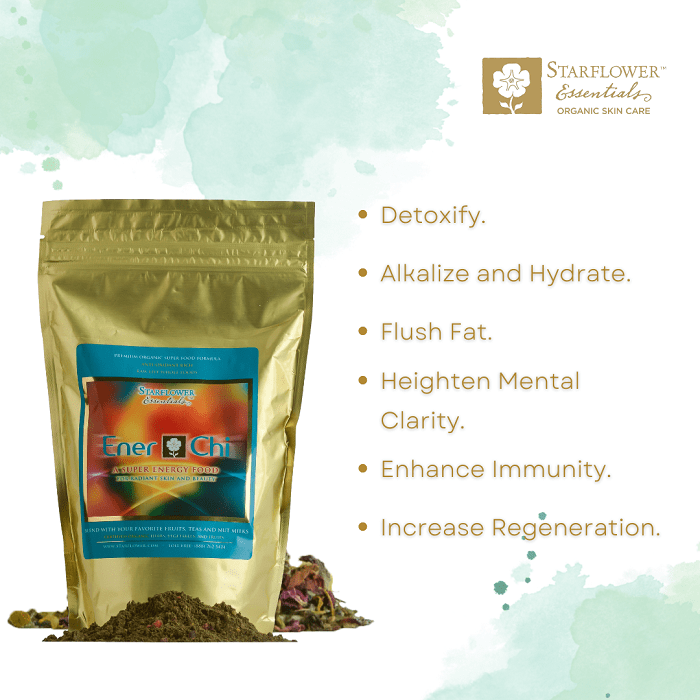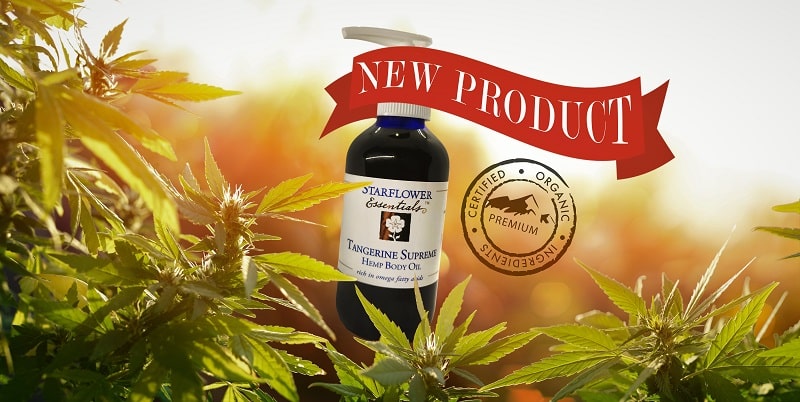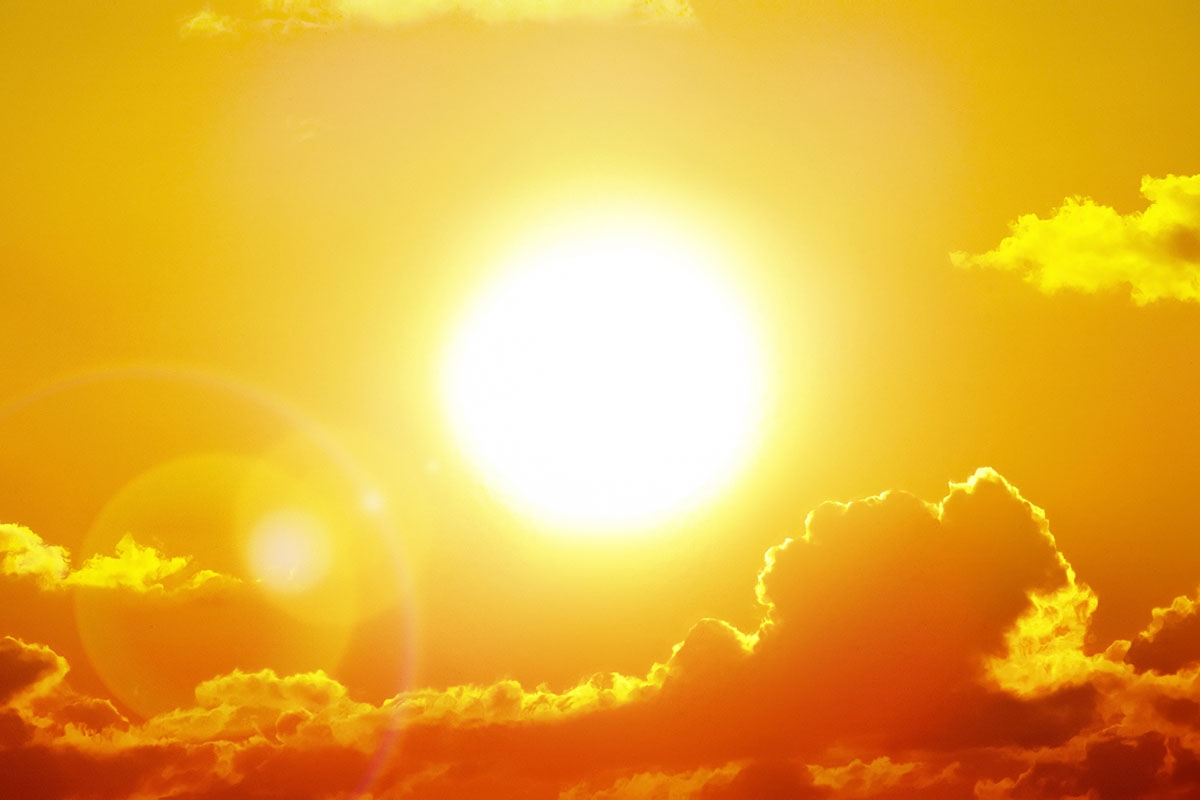888-262-5424
Biodynamic Compost at the Starflower Retreat

The Starflower Retreat is located in Sarasota, Florida. Our good friend Rand Carter is a knowledgeable biodynamic grower and composter who is experienced in the art of composting. In October of 2018, he built our 5 foot by 8 foot, 48 inch tall compost pile. We documented Rand on video describing his process while educating us with an abundance of valuable information as he builds the compost pile. You can see the video down below at the end of this blog post.
What is biodynamics? Biodynamic gardening has been around for nearly a hundred years. This gardening method was invented by scientist-philosopher Rudolf Steiner, who believed that there is more to the health and vitality of a garden than simply the chemical and physical processes we can observe. Dynamic forces involved include metaphysical, etheric, and astral influences. Lunar and astrological cycles also play a key role in the timing of biodynamic practices. It is recognized that subtle celestial forces affect plant growth. Mentioned previously in our blog post titled "Supporting Small Farms", Starflower Essentials formulates products made with biodynamic herbs grown and supplied fresh from one of our biodynamic partners. A biodynamic farm produces more nutrient dense herbs, which is one essential difference that sets Starflower apart from other organic skincare companies.
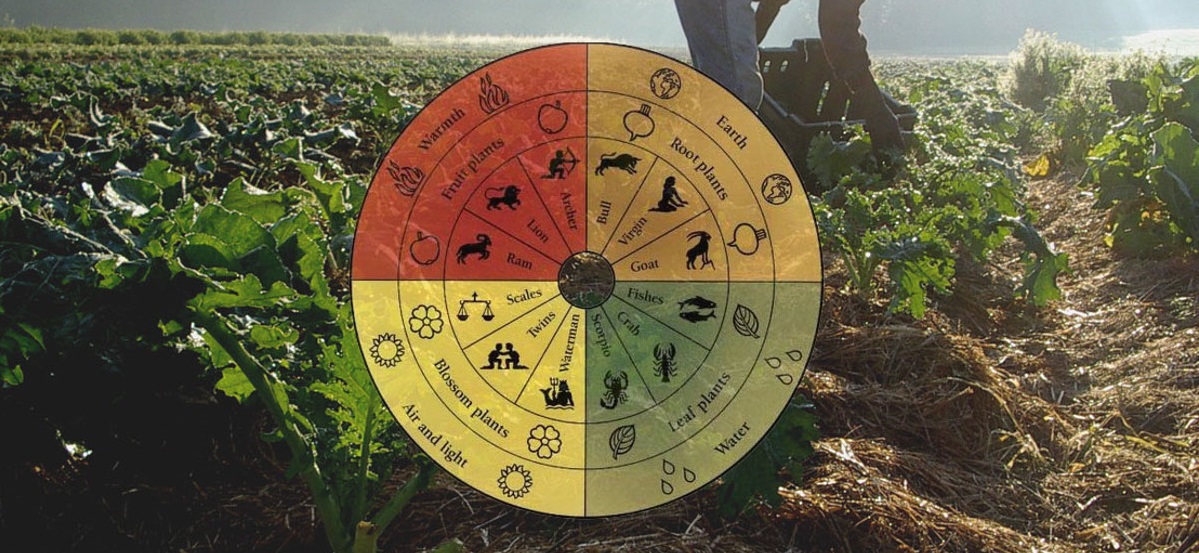
Opposed to the conventional compost pile method where materials are gradually added in layers, Rand builds the compost pile all at one time with the brown (carbon) and green (nitrogen) materials laid in alternating layers in the correct ratios surrounded with a "skin" of hay enclosed in rabbit wire. This compost pile will then sit untouched for 1 to 2 years until it reaches a humus state.
What is “humus”? (Pronounced (h)yo͞oməs) During the time that the compost pile is left undisturbed, microorganisms feed on and break down the organic matter in the compost pile to transform that matter into humus which is then used on the garden for enhancing soil health. Humus is highly nutritious and rich in minerals and microbes vital for healthy plant growth. Humus also is able to hold 80-90 per cent of its own weight in moisture.
The “ingredients” used in our particular compost pile include:
Biodynamic cow manureSifted Florida dirt
Coffee grounds
35 banana boxes of fruit and vegetable scraps
Biodynamic Virginia clay
Compost (for its existing bacteria and fungal properties)
Oak leaf mulch
Granite dust from Georgia
Azomite
Coral calcium from a sunken Navy ship
Ground crab and lobster shell - Southern Organic Supply: Vermaplex, Black Sea Kelp, Liquid Humate
Biodynamic preparations: 502 (yarrow), 503 (chamomile), 504 (stinging nettle), 505 (oak bark), 506 (dandelion)
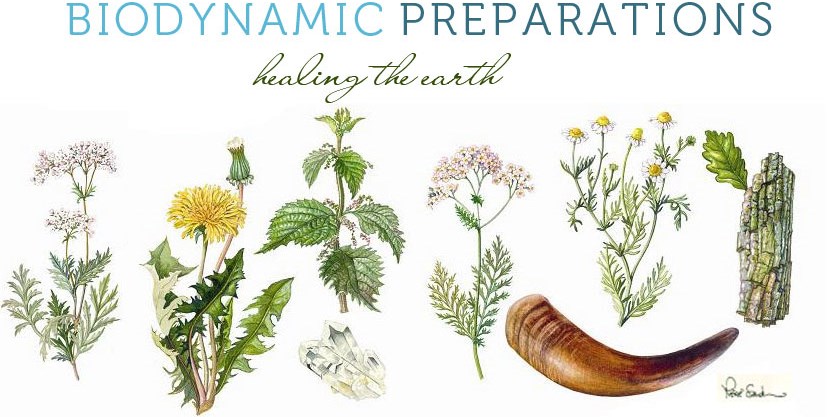
A major component of biodynamic compost are the various “preparations” mentioned in the list above that are used to create balance and enliven the compost. Each of the herbs is transformed through a unique process that unites them in a relationship with the animal kingdom, the earth, and the cycle of the year. Together their healing qualities are magnified to help strengthen and guide the development of the compost by stabilizing nitrogen and other nutrients, increasing beneficial bacteria, fungi, microbial diversity, and build soil humus.
Around the world, biodynamics is alive in thousands of thriving gardens, farms, vineyards, ranches, and orchards. It invites us to develop a conscious and creative conversation with nature.The Starflower Essentials Retreat is proud to be a part of the growth of the Biodynamic community. We hope this video and blog post will help enlighten others of this holistic, ecological, and ethical approach to farming, gardening, food, and nutrition and encourage others to be a part of and grow with the Biodynamic community as well. "Through biodynamics, we can access new capacities in human creativity to sense and respond to the needs of the Earth, and unfold new solutions in a living and dynamic way." - Biodynamic Association.




